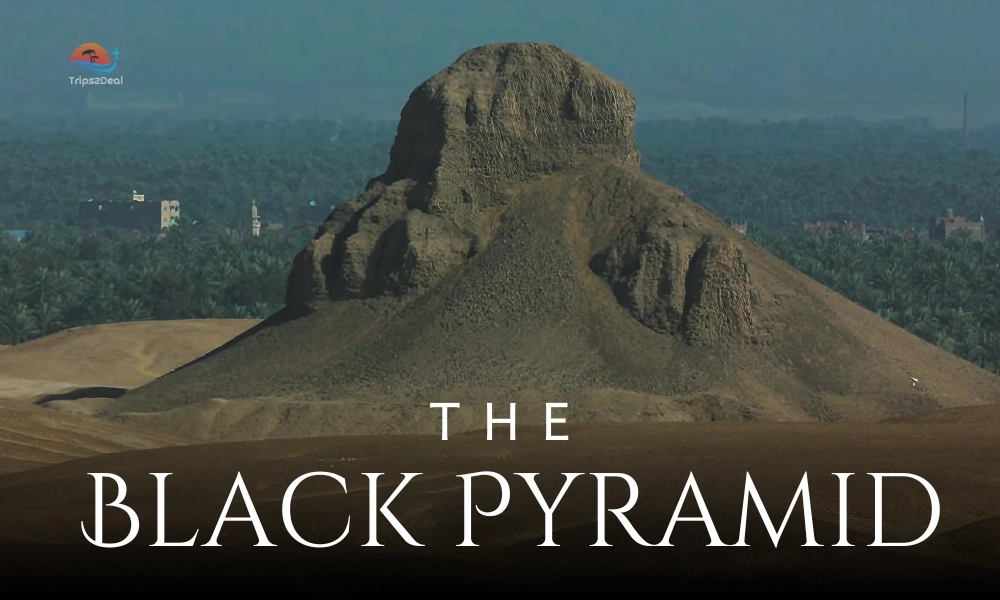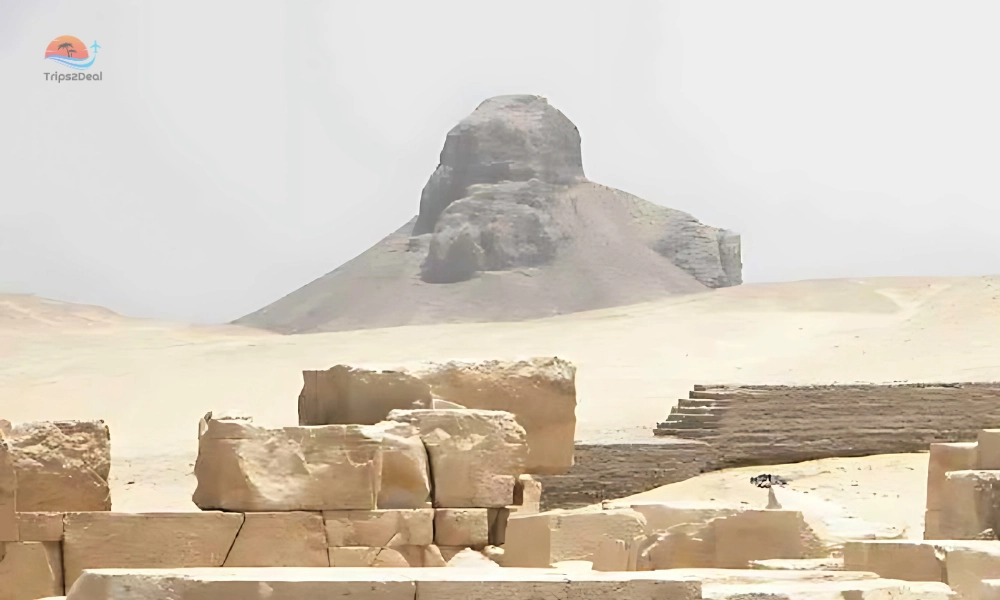Blogs

Black Pyramid
The Black Pyramid is an object of attention of historians, archaeologists and all other people interested in ancient civilizations, which is commonly illustrated as a secretive thing. Although the name "Black Pyramid" could give one an image of a mysterious dark pyramid, as far as history is concerned, there is plenty of relevance to the Egyptian culture which has always had rich roots in terms of culture. This paper reviews what is behind the historical and cultural significance of the Black Pyramid, delving into its creator, its construction and the speculations that have shadowed its construction.
Table of Contents
What is the Black Pyramid?
The Black Pyramid is a particular construction, which was built in the Middle Kingdom in Egypt. Leading to what is best known as the Pyramid of Amenemhat II, it is one of the several works made by the pyramids of the Faiyum region in Egypt. But the English term "Black" refers to the dark color of the pyramid put in place by the black coloring it has earned after many years of erosion and the elements.
The Black Pyramid is placed at the location of Dahshur and is evidence of architectural experimentation. There is a difference in terms of the smoothness of exactness of the pyramids of the early Old Kingdom because the Black Pyramid is considered to be one of the initial attempts at a new approach to the design.
The Black Pyramid: Architecture and Construction:
The Black Pyramid is built out of mudbrick which was frequently utilized in ancient Egypt. This material has weathered over the years, permanently eroded, giving the pyramid its dark color. The building, which was once 75 meters tall, has been battered by the tough desert winds as well as the elements of nature.
The pyramid form is not in the classic smooth form. Its rather steep sides pretreated in a step-like manner herald the interesting change in the styling of its rather smooth predecessors which are the pyramids. The interior of the pyramid is reported to be very bare, as it contains very little ornamentation. As opposed to the pyramids of Giza, it has no elaborate chambers or inscriptions that would give modern-day researchers clues as to what exactly its purpose was.
Theories and Speculation of its Purpose:
Like most old structures, so is the Black Pyramid, full of theories and speculation. One of the most interesting theories is that it was planned to contain the resting place of the pharaoh Amenemhat II, yet such a theory is undermined by the absence of inscriptions or any obvious signs of a tomb.
A different theory postulates that the Black Pyramid may have been an experimental design that aimed at challenging the limits of pyramid construction as the kingdom was experiencing a heightened degree of architectural and engineering advances in the Middle Kingdom. The tie of the pyramid to collapse and degenerate is possiblyon account of these test construction procedures.
There is also speculation that the Black Pyramid could have served some sort of symbolic purpose to signify the release of the pharaoh's soul to the afterlife, which fits in with the religious and cultural customs of the ancient Egyptians. The black color was also symbolic of the rich soil of the Nile, and black color may have been used during the designing of the pyramids as the symbol of rebirth and regeneration.

The Significance in Modern Archaeology:
Although decreased, the Black Pyramid still has a lot of attention of archaeologists. Its unusual construction, as well as the lack of documents that concern its creation, forms an interesting enigma for historians determining the secrets of ancient Egypt. Studying the pyramid is important in providing knowledge into the culture and architecture of the Middle Kingdom.
Modern techniques used to analyze the inside of the pyramid and to know more of the original construction of it include 3-dimensional imaging and ground-penetrating radar techniques.
Even though the tomb of the pyramid has not yet been found, excavations are continuing which will at some point reveal more about this structure.
Conclusion:
The Black Pyramid is one of the remains of ancient Egypt's mystery and creativity in architecture. Although its history is not well understood, the Black Pyramid still provides us with intriguing insights into the Middle Kingdom and early pyramid innovations. Whatever the use it served, a grave of some long-forgotten pharaoh, or a type of monument, the Black Pyramid has always been strongly suggestive to those who aspired to be instructed as regards the ancient world.
With the evolution of technology and the archaeological methods of analyzing the unknown, one day, the mysteries of the Black Pyramid may be completely exposed, and another layer of prismatic history of the ancient pyramids may be revealed.




